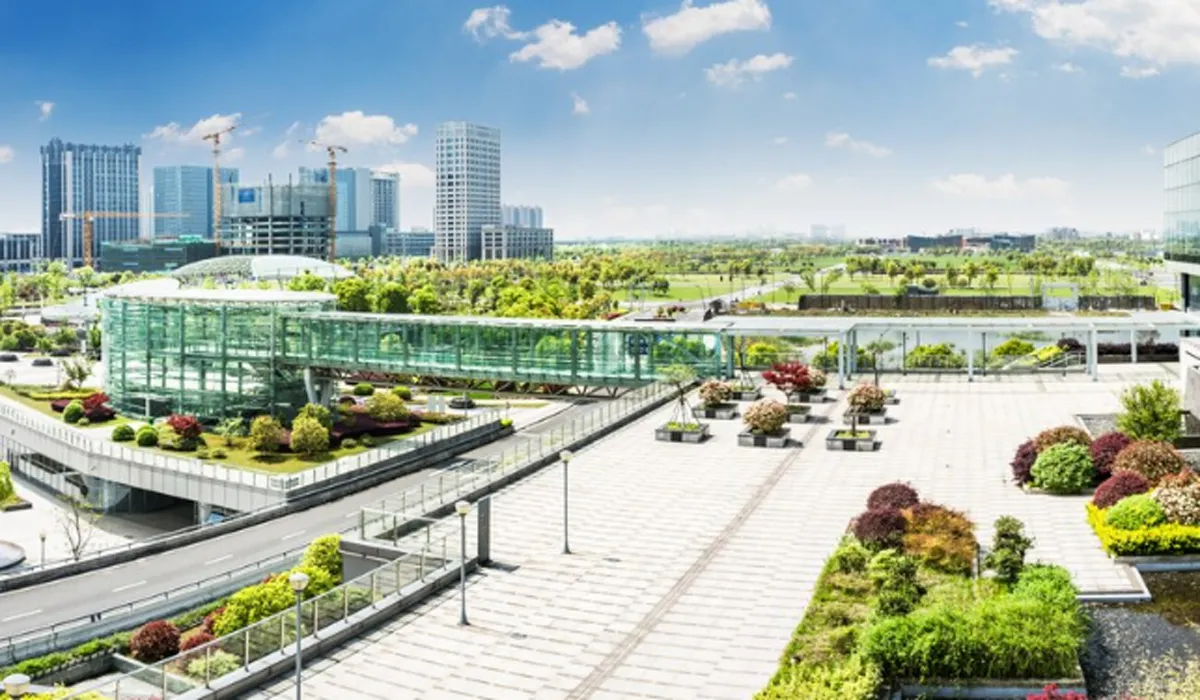With more than 60 per cent rise in steel and bitumen prices and over 30 per cent rise in cement and diesel prices since the beginning of this year, CW connects with analysts, consultants, builders and contractors to get an overview of the impact on projects and company margins.
Builders and contractors are in a battle to complete projects. Over the past couple of months (January-March 2022), the price of steel (per mt) has increased by about 63 per cent, cement (Rs per bag, Bihar) has gone up by approximately 36 per cent, bitumen (HPCL Vizag Rs/MT) surged by about 61 per cent and high-speed diesel (Rs per litre) has sky-rocketed by about 30 per cent.
Going by recent reports, price points have hit the industry hard in recent times, and how! Steel prices have shot up to Rs 86,000-90,000 per tonne. Cement prices have touched Rs 380-400 per bag. Prices of plumbing, electrical, tiles and sanitary materials have doubled. Labour costs have also increased up to 50 per cent. The ripple effect of this price surge has been making headlines:
Maharashtra realtors plan to stop construction
Developers in Delhi-NCR to halt construction
Realty developers seek housing ministry’s intervention
Labourers push up rates in Kolkata
Contracting companies’ profit margins dip at an all-time low
Construction projects’ balance sheets under tremendous stress…
…and there’s been much more.
This steep rise in construction cost is being attributed to the Ukraine-Russia conflict, as this has led to input costs literally doubling for several construction materials. This is not surprising as Russia and Ukraine are net exporters of steel, cumulatively to the tune of almost 40 million tonne, which has impacted international steel availability, including India’s. This situation is also reflected in higher oil and gas prices, leading to an increased cost of energy along with commodity and raw material prices.
However, Anuj Puri, Chairman, Anarock Group, observes that even before the Ukraine war started and the pandemic was on, the prices of raw materials such as steel and cement saw a significant upward pressure. “Moreover, developers’ overall cost of construction rose tremendously. There have been severe supply chain disruptions and prices for everything have risen. For instance, after the war debacle itself, the prices of raw materials like aluminium, steel and TMT bars shot up by around 25-30 per cent.”
The impact on the construction industry
The current scenario has had a significant impact on the real-estate and construction sector.
“Overall, the increase in raw material costs can lead to price escalation, especially for projects under construction,” says Ramesh Nair, CEO, India & Managing Director, Market Development, Asia at Colliers. “This could dent sentiments in the market at a time when the residential sector has been seeing a revival in demand across segments. Moreover, in the absence of strong incentives in the recent Union Budget 2022-23 for developers, they may need to pass on the likely hike in raw material costs to the end-users. Overall, there could be a cautious sentiment among homebuyers until prices settle.”
Developers absorbed these additional costs for as long as possible in order to nurture demand, but now they have no option but to pass on some of the burden to their buyers, agrees Puri. “In fact, a few projects have already seen price escalation between 5-10 per cent due to rising inflationary trends.” He adds that many small developers may not be able to absorb the rising input costs currently and be forced to halt construction at sites, which will inevitably impact project deliveries. According to Anarock Research, the top seven cities are expected to see completion of nearly 3.85 lakh units in 2022, and there is a possibility of delay in some of these projected completions.
Addressing the impact on real estate, Anand Kulkarni, Director, CRISIL, says, “The residential sector performed well in the past one to one-and-a-half years. This gave some bargaining power to large developers, which led them to increase the price margin in the past two quarters. However, recovery has not been that great for the small and mid-size developers who still do not have the bargaining power. In fact, during such times, the ability to pass on the increased prices to customers is limited, and hence, we may see the first level of impact of this increased input price on the margin.” He adds that if the situation continues for a longer period, there can be viability related issues in projects, as companies would have sold residential inventory at a historical price and factored in the construction cost. But if the construction cost inches significantly upwards, that too for a longer period, the margins would be so low that it would be unsustainable for developers or they may choose to defer construction, leading to delays in project completion.
Real-estate developers may have to swiftly initiate sharp price spikes in the range of 10-18 per cent in the unit prices of unsold inventory to accommodate these high costs, suggests Tushar Shah, Director, CareEdge Research. “These elevated property prices are likely to dampen the buoyant sentiment of property buyers, which had improved over the past 18 months.” Highlighting mitigation strategies for the construction and infrastructure segment, he adds, “CareEdge expects that in the current, highly volatile commodity price environment, contractors and construction companies are likely to move to back-to-back contractual agreements to hedge against sudden price variations.”
With regard to construction projects, Kulkarni says, “Government contracts have price escalation clauses built into their contracts. If input costs escalate for the contractor, it will be reimbursed to them, but with a lag. The reimbursement is benchmarked to inflation index. However, on-ground prices versus the index movement could slightly differ and there can be gaps between what they are paying on ground as against what will get reimbursed.” He adds that if a company has bid aggressively – for instance, starting at Rs 100 at the construction material cost in the bid against the ground reality of Rs 150 – the index price would be linked to the bid price and the actual prices would have gone up even higher, impacting margins further. This can also impact government authorities as they would have to pay for the escalations. “They will be the ones to pay these incremental costs and that would increase the burden on government finances to some extent.”
Speaking of industry margins, Shah shares, “There is a significant increase in raw material prices, such as costs of coal, petroleum coke, iron-ore as well as freight charges due to higher crude-oil prices for steel and cement manufacturers because of the crisis. At the end of H1FY22, CareEdge Ratings had estimated a contraction of 100 to 125 basis points in the EBITDA margins of construction players in FY22. However, with the continued surge in these key commodity prices, this EBITDA margin contraction is likely to increase to 225 to 300 basis points for the full year of FY22.
Bottomlines take a hit
Construction companies operating in real-estate or infrastructure projects have partial recourse to increase in input costs through escalation clauses in contracts, says Shah. While in general, contract prices tend to factor in a 5-6 per cent hike in input costs, the current increase in prices has been significantly higher. In the case of fixed-price contracts for government projects, he says, “Contractors and construction companies are likely to have margin pressure. Logistics and supply chain costs have also spiralled due to high fuel costs and consequently led to an elevated construction cost.”
In the infrastructure segment, fixed-price contracts will be severely impacted, says Kulkarni. “The contractor will either try to get an escalation from the customer or will not execute the project citing viability issues. This will lead the project to jeopardy or it could go into certain legal issues and disputes.”
Impact on fuel and transportation costs
Crude prices have been spiralling and Brent oil prices have been rising too.
“A continuous increase in crude will push up domestic fuel prices,” says Nair. “This will have a bearing on transportation costs that accounts for up to 20 per cent of total construction cost.”
Puri, too, sees rising fuel prices as another major cause of concern. “Eventually, it hikes up transportation costs for suppliers who end up passing it to customers (developers in this case). This may, to some extent, impact the supply of critical construction raw materials – not that it will be grounded to a halt.”
For the infrastructure segment, fuel cost is not the largest cost component but it does have an impact, as contractors get materials transported on site and supply chain costs can increase. Additionally, some input materials are crude derivatives and their costs can inch up in line with crude price increase. All these contribute to their cost structure. In recent times, Kulkarni says, “We have seen an increase in bulk fuel prices – diesel price has gone up by Rs 25 – while retail prices have not increased significantly.” He also points to a major challenge where suppliers are not willing to go in for a longer duration contract. “They would want to pass on the complete price hike in a volatile situation, and hence, are preferring short-term contracts for smaller quantities.” Also, many suppliers are preferring supplying materials against upfront payments, without any credit. “In this scenario,” Kulkarni says, “the working capital position or cash scenario for developers and contractors can come under pressure and this is definitely a challenge we foresee.”
What’s the forecast?
Going forward, the prices of steel and cement are expected to remain at elevated levels over the near term on account of supply issues (geopolitical tension) and continued high demand for these commodities. Sharing CareEdge Research’s prediction, Shah says, “This could have an adverse impact on the operating metrics of construction companies.”
“It is difficult to give a forecast on how the situation will look three to six months down the line,” says Kulkarni. “But we do not see any significant reduction in prices anytime soon.” For instance, for the cement industry, input costs are diesel and coal, and he does not see those coming down. For steel, it’s iron ore and coal, which have also witnessed a price surge.
Further, supplier-related challenges and the working capital pressures are areas that do not directly reflect in margins. But it is important to keep these under check because if the situation goes on for six months, the inability to procure materials can certainly stall projects. Definitely, an area that needs monitoring!
- Shriyal Sethumadhvan
ALSO READ:
The domino effect of price rise on the construction industry
Ways to deal with the current construction materials prices hike




















